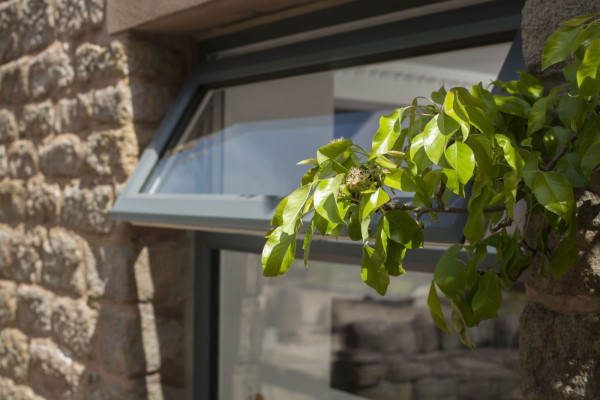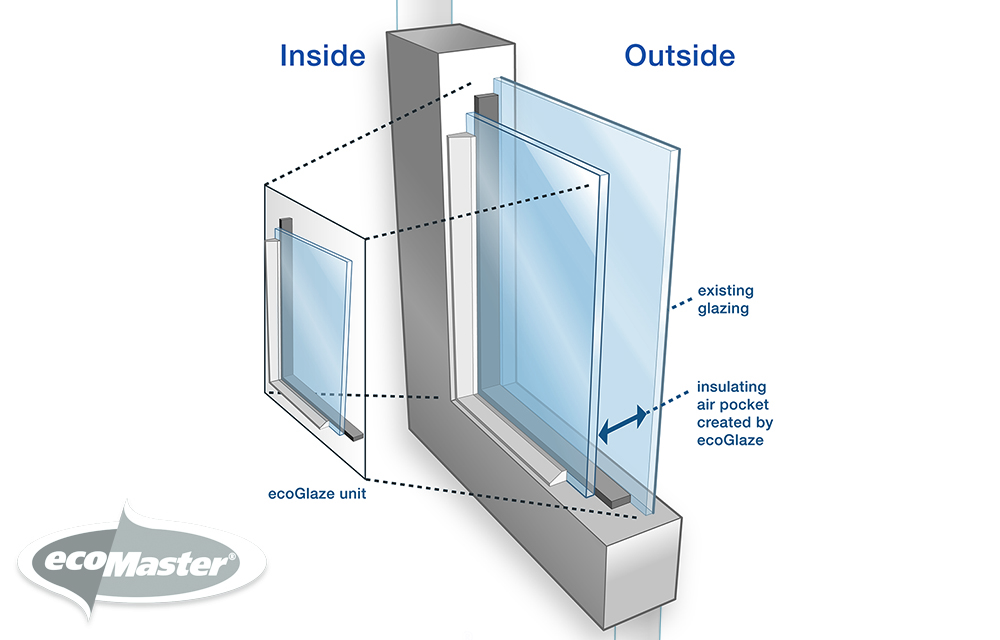All Categories
Featured
Table of Contents
Window Glazing For Households - Energy in Duncraig Perth
That window can send more solar heat in winter season than in summertime. A west-facing window on a summertime's afternoon has an angle of incidence from near 0 as much as 30 with a large reliable location of solar radiation. A north-facing window, in summer, has a high angle of incidence and a low reliable area of solar radiation, so can transfer less heat than a west-facing one.

But you can rapidly and quickly improve the thermal efficiency of your house by replacing your windows. This is among the most efficient methods of restoration to accomplish better thermal comfort. There are countless kinds of glass and frames to pick from. Selecting the ideal ones is very important to enhancing the energy efficiency of your home.
Home Window Glazing - Sustainability Victoria in Como WA
There are several kinds of glass items to pick from. Single glazing utilizes a single pane of glass. Single glazing with clear glass is not extremely effective when it pertains to heat loss or gain. To improve performance, you can utilize single glazing with a more energy-efficient kind of glass such as low emissivity (low-e) glass.
Numerous layers can be assembled with sealed cavities in between each sheet of glass. IGUs normally use much better energy performance than single glazing, since they transmit less energy. However, the energy efficiency of IGUs likewise depends on: the residential or commercial properties of each layer of glass. Different glass types (for example, clear and low-e glass) can be created in an IGU.
Double Glazing For Warmer Temperature : R/melbourne in Midvale Perth

IGU cavities can be filled with air or a more inert, low-conductivity gas such as argon the width of the cavity. Larger cavities supply lower (better) U worths, with 12mm usually accepted as the favored space how well the cavity is sealed.
If argon is set up to the cavity in place of air, wetness is reliably omitted the level of desiccant (drying representative). The spacer (metal or polymer strip) that separates the glass layers contains a desiccant to take in any wetness. Inadequate desiccant may cause wetness to condense on the glass surface in cold conditions, decreasing thermal performance.
Double Glazed Windows & Doors Melbourne & Sydney in Yanchep WA
In fact, IGUs can provide better energy efficiency for all environments, particularly in heated and air-conditioned houses. Cross-section detail of single, double and triple-glazing systems Low emissivity glass (commonly referred to as low-e glass) lowers heat transfer. Low-e glass might be either high or low transmission: High transmission low-e glass has a covering that enables daylight from the sun to pass into your house to achieve excellent solar heat gain, however reduces the quantity of the long wavelength infrared heat that can get away back through the window.
Low-e glass has either a pyrolytic coating or a vacuum-deposited thin film metal finishing. Pyrolytic coatings are resilient and can be utilized for any glazing; vacuum-deposited finishes are soft and are just used within IGUs. Low-e finishes can substantially enhance both U value and SHGC; nevertheless, they need to be used correctly or they will either degrade or stop working to perform as required.
The Ultimate Guide To Double Glazed Windows in Noranda WA
Low-e finishings can be used in mix with clear, toned or reflective glass. Low-e coatings on glazing can lower heat transfer where required Photo: Department of Industry, Science, Energy and Resources Toned glass has colouring additives consisted of during manufacture. It is readily available in different colours, normally bronze, grey, blue and green.
Latest Posts
Double Glazed Windows: A Complete Guide in Kelmscott WA
How Does Double Glazing Keep Heat Out? in Lathlain Western Australia
A Complete Guide To Double Glazed Windows in Wembley Downs WA